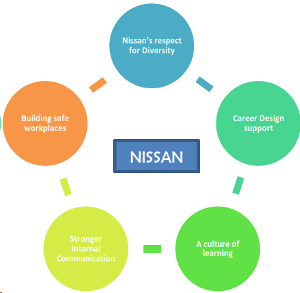Many global companies suffer from the absence of strong innovation. Here are ten recommendations on how to innovate to create competitive advantage for managers seeking to build products and services globally.
- Do not innovate. Build a product or service. Innovation happens.
- Do not fear failure. Discuss it.
- Be aware of market, product and technological developments.
- Patience is rewarding.
- Why, what and How are your best friends.
- Learn, unlearn and relearn.
- Analyze but do not paralyze. The customer may not know what he/she wants.
- Negate negativity. Have a good budget.
- Imagine the unimagined.
- Eat well, stay healthy and more importantly sleep well (dreaming is important!).
A strategy to make products to have eureka moments will not succeed. Instead focus on building the product or service and a eureka moment might just happen.
Apple’s Apple III launched in 1980 was a commercial failure. General Electric Co. (GE) shares its best practices across its many units and officially discusses failures as well.
Orkut, the social network by Google did not catch up with Facebook applications and platform.
Dennis Crowley, founder of Foursquare took about five years to come up with the idea and build the service.
What are you going to build? Why are you going to build it and how are you going to achieve it? Any manager should ask these critical questions before venturing into product development.
In 2000, Virgin Airways invested $67 million in J2000 seats. Customers were unhappy with the discomfort caused by the seats and the investment was unsuccessful. However, Virgin did not give up. It invested $127 million to overhaul of the airline’s upper-class seats. In 2003, the newer seats were successful wherein flight attendants would flip over the back and seat cushions to make the bed.
Steve Jobs was not a big fan of consumer research. According to him, it is not the consumers’ job to know what they want. He believed, to build a great product, think like a consumer of the future not the past. Attention to details can destroy as much value as it creates.
A short-term vision may hamper innovation. Negativity destroys much value.


